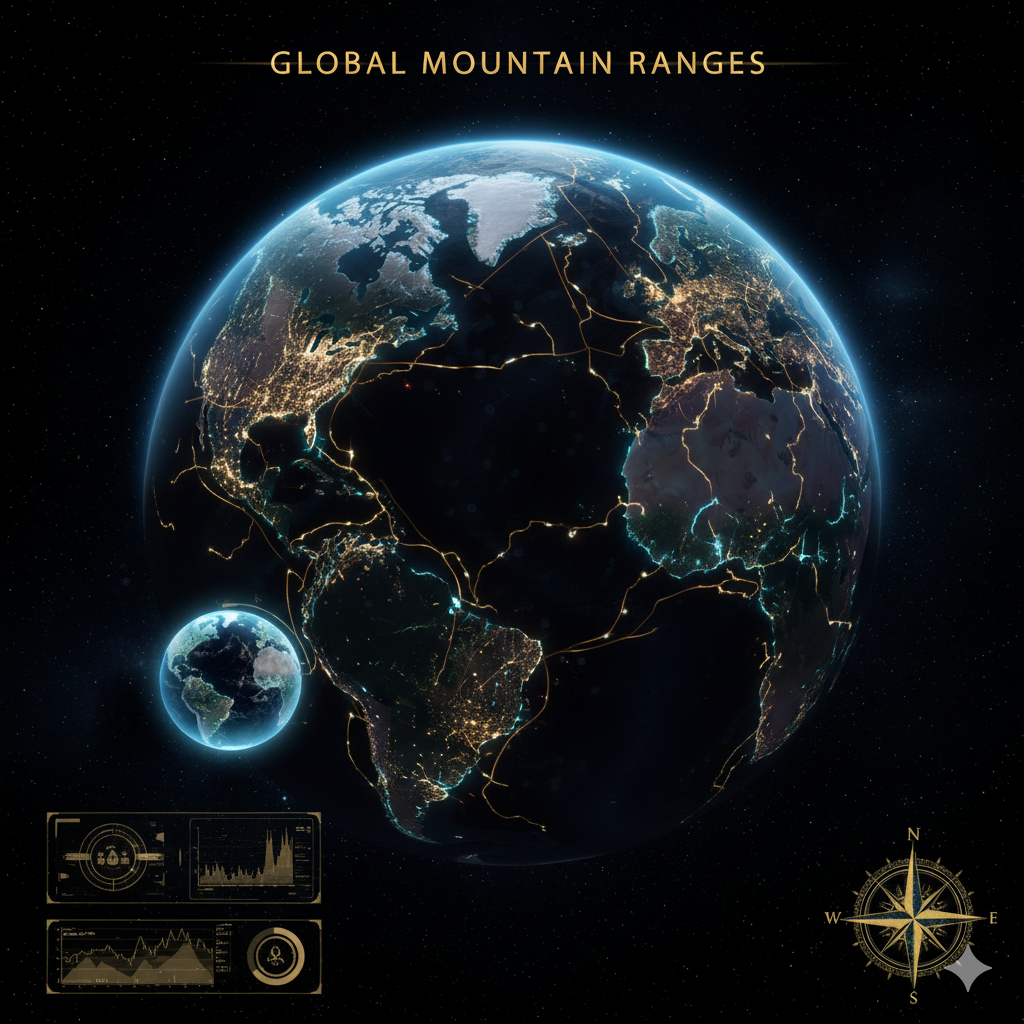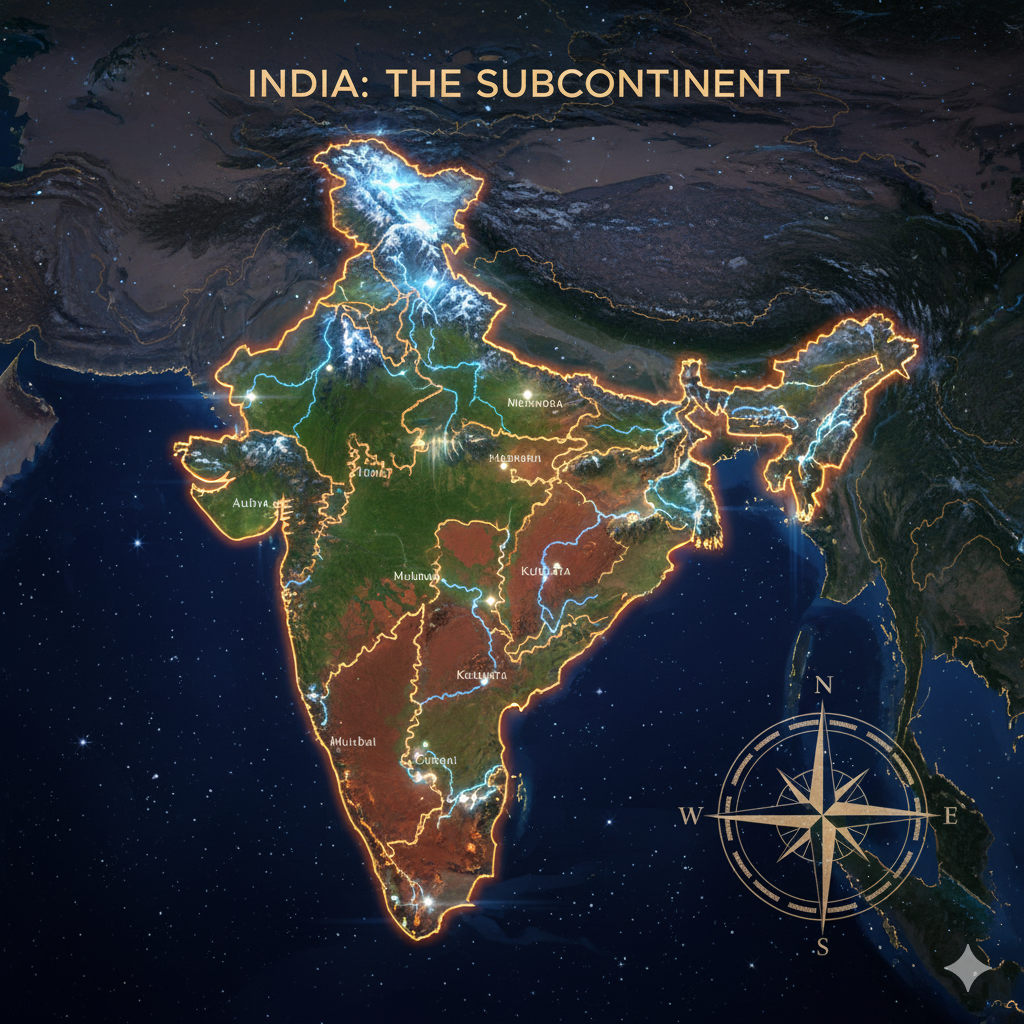Introduction
The uneven distribution of minerals and oil has been a defining feature of global geography and economic development. While some regions are rich in natural resources, others have little or no access to these strategic assets. This disparity has far-reaching implications for economic growth, geopolitical power, industrial development, environmental sustainability, and global trade. Minerals and fossil fuels such as oil, coal, and natural gas are the backbone of modern industrial economies. Understanding the spatial patterns of resource distribution and their multidimensional consequences is essential for policymakers, geographers, and environmental scientists.
1. Global Distribution of Minerals and Oil
a) Minerals
Minerals are unevenly distributed across continents due to geological history, tectonic activity, and the age of rock formations. Major examples include:
- Iron ore: Concentrated in Australia, Brazil, Russia, and India.
- Copper: Chile, Peru, and the United States are major producers.
- Gold: South Africa, Australia, and the United States.
- Bauxite (Aluminium ore): Australia, Guinea, and Brazil.
- Rare earth elements: China dominates global production, accounting for over 60% of supply.
b) Oil
Oil reserves are concentrated in specific regions:
- Middle East: Saudi Arabia, Iran, Iraq, UAE – major oil exporters.
- North America: USA, Canada, Mexico.
- South America: Venezuela, Brazil.
- Russia and Caspian Region: Russia, Kazakhstan, Azerbaijan.
c) Causes of Uneven Distribution
- Geological Processes: Plate tectonics, volcanic activity, and sedimentation determine where minerals form.
- Historical Formation: Ancient geological shields (e.g., Canadian Shield) are rich in metals.
- Organic Accumulation: Oil and natural gas are concentrated in sedimentary basins formed millions of years ago.
- Climatic Influence: Some deposits are easier to exploit in temperate climates than in arctic or desert regions.
2. Economic Implications
a) Industrial Development
- Countries with abundant minerals and oil often become industrial hubs.
- Example: Saudi Arabia’s oil wealth enabled rapid industrialization and urban development.
- China’s rare earth element reserves support its electronics and renewable energy sectors.
b) Trade and Revenue Generation
- Resource-rich countries leverage exports for revenue and foreign exchange.
- Oil-exporting countries like Norway, UAE, and Kuwait have developed sovereign wealth funds from resource income.
- Resource-poor countries must import minerals and oil, affecting trade balances and currency stability.
c) Economic Disparities
- Uneven resource distribution contributes to global economic inequality.
- Developed nations often exploit imported resources for industrial growth, while developing countries with fewer resources rely heavily on imports.
Example:
- Japan lacks domestic fossil fuel reserves and imports over 90% of its energy needs.
- Middle Eastern countries with oil wealth enjoy high per capita income compared to resource-poor neighbors.
3. Geopolitical and Strategic Implications
a) Energy Security
- Countries with limited domestic oil and minerals face strategic vulnerabilities.
- Dependency on imports can lead to geopolitical tensions and conflicts.
Example:
- Oil crises of the 1970s demonstrated the global economic impact of dependency on Middle Eastern oil.
- Modern nations are investing in strategic petroleum reserves to mitigate supply risks.
b) Resource Conflicts
- Uneven distribution often leads to competition over resources.
- Territorial disputes arise in regions rich in minerals or oil, such as:
- South China Sea (offshore oil and gas)
- Arctic region (oil and gas reserves due to melting ice)
- Democratic Republic of Congo (cobalt and coltan for electronics)
c) Geopolitical Alliances
- Resource-rich nations can exert influence on global politics.
- Middle Eastern oil has allowed OPEC members to influence global oil prices.
- Russia’s natural gas supply to Europe provides strategic leverage.
4. Social and Demographic Implications
a) Population Distribution
- Resource-rich regions attract labor and industries, leading to urbanization.
- Example: Mining towns in Australia, Alberta (Canada), and Western Africa.
b) Inequality and Resource Curse
- Some resource-rich countries experience the resource curse, where wealth from minerals or oil fails to translate into broad-based development.
- Examples include Venezuela and Nigeria, where oil wealth has fueled corruption and social inequality.
c) Migration Patterns
- Resource booms lead to in-migration of workers and population growth in mining towns.
- Conversely, depletion or environmental damage can trigger out-migration.
5. Environmental Implications
a) Mining Impacts
- Open-pit and underground mining degrade landscapes, deforest areas, and pollute water bodies.
- Heavy metals and tailings can contaminate soil and rivers, affecting local communities.
b) Oil Exploitation
- Oil drilling, pipeline spills, and offshore exploration damage marine and terrestrial ecosystems.
- Example: Deepwater Horizon oil spill in 2010 caused long-term environmental and economic damage in the Gulf of Mexico.
c) Climate Change Contribution
- Fossil fuel extraction and use contribute to greenhouse gas emissions.
- Countries with abundant oil and coal face international pressure to transition to renewable energy.
6. Technological and Scientific Implications
a) Resource Exploration and Extraction
- Uneven distribution drives innovation in mining, drilling, and extraction technologies.
- Arctic oil and gas reserves require specialized cold-environment drilling techniques.
b) Renewable Energy and Resource Substitution
- Scarcity encourages development of alternative materials.
- Example: Rare earth scarcity has led to research in recycling and substitutes for magnets and batteries.
c) Strategic Resource Management
- Nations implement policies for sustainable extraction, conservation, and stockpiling of minerals and oil.
7. Global Economic and Industrial Patterns
a) Industrial Hubs
- Resource-rich regions often become centers of heavy industry, metallurgy, and energy-intensive sectors.
- Example: Middle East (oil refining), South Africa (gold and platinum), Australia (iron ore and coal).
b) Import-Dependent Economies
- Countries lacking minerals or oil focus on technology, finance, and manufacturing, importing raw materials.
- Example: Japan imports iron ore and oil to fuel its industrial economy.
c) Trade and Supply Chains
- Uneven resource distribution shapes global supply chains.
- Resource-rich countries often export raw materials to industrial hubs for processing and manufacturing.
8. Future Implications
a) Resource Scarcity and Geopolitics
- Uneven distribution may intensify resource-related conflicts.
- Strategic reserves and renewable energy adoption will determine future power dynamics.
b) Technological Innovation
- Resource-poor countries will invest in alternatives, recycling, and green technologies.
- Resource-rich nations must balance extraction with environmental sustainability.
c) Climate Policy
- Fossil fuel-rich countries face global pressure to reduce emissions.
- Unequal access to minerals essential for renewable energy (like lithium and cobalt) may create new geopolitical dependencies.
9. Case Studies
a) Middle East Oil
- Concentration in Saudi Arabia, Iraq, UAE, and Iran.
- Economic prosperity vs. political vulnerability.
b) Rare Earth Elements in China
- Dominates global production, controlling tech and renewable energy supply chains.
- Political leverage and trade restrictions affect global industries.
c) Africa’s Mineral Wealth
- DRC (cobalt and coltan) and South Africa (platinum, gold).
- Resource wealth has often fueled conflict and uneven development.
Conclusion
The uneven distribution of minerals and oil has multidimensional implications on the global economy, geopolitics, human societies, and the environment. Resource-rich nations benefit from industrial growth, revenue generation, and strategic leverage, while resource-poor countries face dependence, economic vulnerability, and trade deficits. Social, environmental, and technological dimensions are also intertwined with resource distribution, highlighting the need for sustainable management, equitable trade policies, and international cooperation.
In essence, understanding the spatial patterns of minerals and oil is crucial for addressing economic inequality, environmental challenges, and geopolitical tensions in the 21st century.




